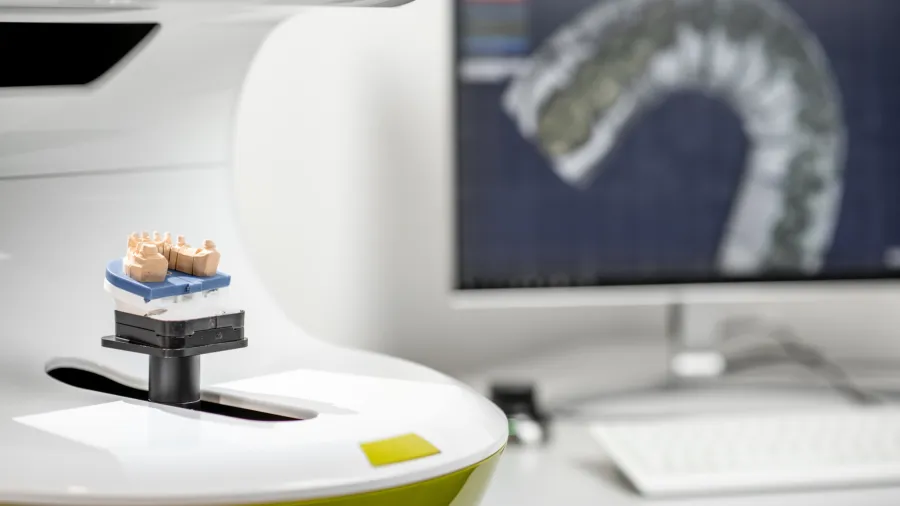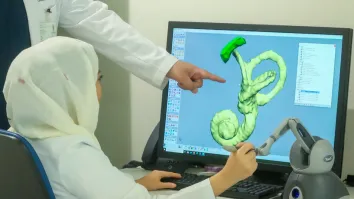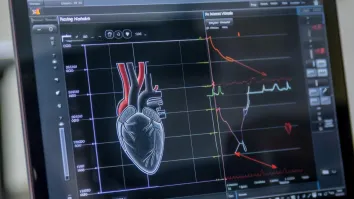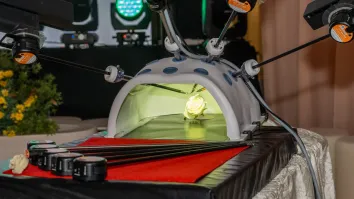
What lies ahead for the global 3D printing medical devices market?
One driving factor is the adoption of bioprinting to produce artificial living tissues.
An increasing demand for personalised and customised medical solutions is driving the 3D printing medical devices sector to rise by $7.07b until 2028 at a compound annual growth rate (CAGR) of approximately 25.2%, according to Technavio.
“The potential applications of 3D printing in medicine are vast, from surgical planning and dental restoration to remote patient monitoring and telemedicine,” the report revealed.
Meanwhile, a trend towards the field of bioprinting serves as another growth factor.
Unlike traditional 3D printers that use plastics or metals, bioprinters utilise a computer-guided pipette to deposit living cells, known as "bioink," to produce artificial living tissues.
This capability has notable implications for organ replacement, potentially addressing donor shortages and reducing rejection risks by creating organs fit for specific needs.
Moreover, the market is also witnessing advances in other areas, including prosthetics, implants, and surgical equipment.
Solutions such as stereolithography (SLA) and digital light processing are widely used in the production of customised medical devices, including orthopaedic implants and wearable medical devices.
Furthermore, the fields of dentistry and orthodontics benefit from 3D printing, which can be utilised for dentures, bone scaffolds, and hearing aids.
“Complex medical procedures, such as implantable and non-implantable medical devices, drug testing, and organ and tissue production, are also being revolutionised by this technology,” the report added.



















 Advertise
Advertise





